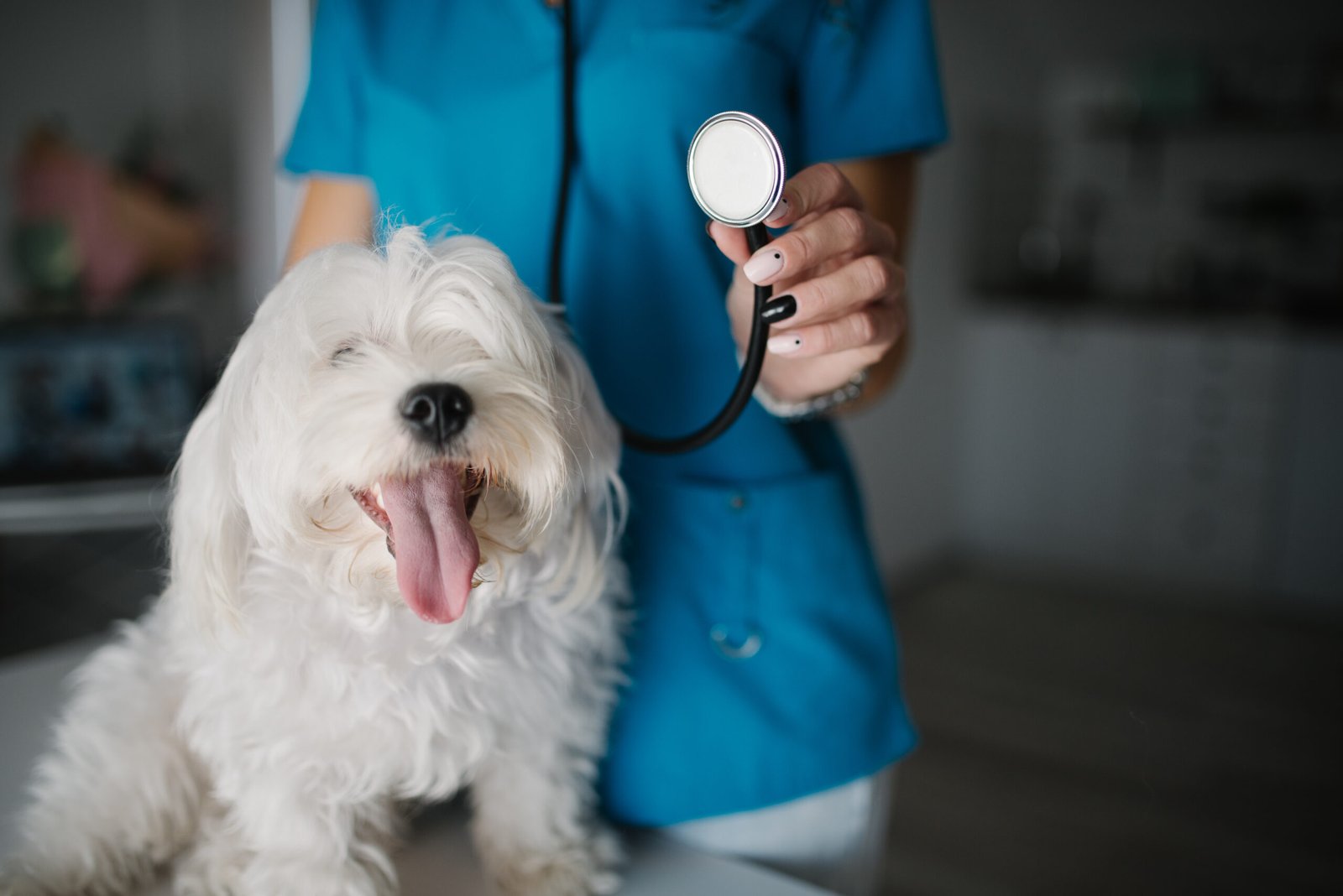Every dog owner knows the heart-wrenching feeling of seeing their beloved pet in discomfort. Dogs, like humans, can experience pain for a variety of reasons, from minor injuries to chronic conditions. Understanding how to address this can make a significant difference in their recovery and quality of life. Here, we explore ten effective , ensuring they feel loved and comfortable.
Understanding the Signs of Pain
Before you can address your dog’s pain, it’s crucial to recognize the signs. Dogs can’t tell us when they’re hurting, so it’s up to us to be observant. Common indicators include limping, excessive licking of a specific area, changes in appetite, or unusual aggression. You might also notice your dog whimpering or yelping without an apparent reason. Pay attention to any changes in behavior, as they can be subtle but telling. Knowing these signs can help you react promptly, ensuring your furry friend gets the care they need.
Provide a Comfortable Resting Place
One of the simplest ways to help a dog in pain is to ensure they have a cozy spot to rest. Soft bedding can cushion joints and provide comfort, especially for older dogs or those with arthritis. Consider placing their bed in a quiet area where they won’t be disturbed by noise or foot traffic. Adding a warm blanket can also be soothing, much like how a warm cup of tea comforts us on a cold day. Remember, a comfortable dog is a relaxed dog, and relaxation is key to healing.
Gentle Massage
Massage isn’t just for humans; dogs can benefit immensely from it too. Gentle rubbing of the muscles can help reduce tension and improve circulation. Start by softly stroking your dog’s back, gradually working your way to any areas that seem sore. Be cautious and ensure your touch is light, as pressing too hard can cause more pain. Think of it as a way to communicate your love and care through touch. This simple act can do wonders for their mood and well-being.
Use Heat Therapy
Applying warmth can be a great way to ease muscle pain. You can use a warm towel or a specially designed pet heating pad. It’s similar to how a warm bath can relax us after a long day. However, always ensure the heat source is not too hot, as dogs have sensitive skin. Place the warm item on the affected area for short periods and monitor your dog’s reaction. This therapy can be especially beneficial for dogs with joint pain or stiffness.
Engage in Gentle Exercise
While rest is vital, gentle exercise can also aid in recovery, particularly for dogs with arthritis. Short, slow walks can help maintain muscle tone and improve mobility without putting too much strain on their body. Think of it like a leisurely stroll in the park rather than a vigorous workout. Always observe your dog’s response and adjust the activity level as needed. Movement can stimulate endorphins, which are natural painkillers, helping them feel better.
Use Natural Supplements
Incorporating natural supplements into your dog’s diet can offer relief from pain and inflammation. Glucosamine and chondroitin are popular for joint health, while omega-3 fatty acids can reduce inflammation. These supplements are like the vitamins we take to boost our health. However, always consult your veterinarian before introducing anything new to your dog’s diet. They can provide guidance on the appropriate dosage and ensure there are no adverse interactions.
Consult Your Veterinarian

If your dog is in persistent pain, a visit to the veterinarian is essential. They can diagnose the underlying cause and recommend appropriate treatment. Think of them as the detectives of the animal world, using their expertise to uncover what’s wrong. Your vet might suggest medications, therapy, or even surgery depending on the severity of the condition. It’s always better to be safe and get a professional opinion rather than guessing and potentially causing more harm.
Avoiding Self-Medication
While it might be tempting to give your dog human pain relievers, it’s crucial to avoid this practice. Many medications that are safe for humans can be toxic to dogs. It’s like trying to fit a square peg into a round hole; it just doesn’t work. Always consult your vet for appropriate pain relief options. They can prescribe medications specifically designed for dogs, ensuring their safety and well-being.
Calming Environment
Creating a calm environment can significantly aid in your dog’s recovery. Loud noises and chaotic surroundings can exacerbate stress and discomfort. Think of it like setting the mood for a relaxing evening at home. Soft music, dim lighting, and a peaceful atmosphere can work wonders. Your dog will feel more at ease, allowing their body to focus on healing rather than being on high alert.
Provide Love and Attention

Never underestimate the power of love and attention. Being there for your dog, offering gentle words, and spending quality time together can have a profound impact. It’s akin to a comforting hug when you’re feeling down. Dogs are incredibly intuitive and can sense your care and concern. Your presence alone can be a source of immense comfort, reassuring them that they’re not alone in their pain.
In conclusion, soothing a dog in pain requires a combination of observation, care, and professional guidance. By recognizing the signs and taking appropriate actions, you can ensure your beloved pet feels supported and loved throughout their recovery journey.





